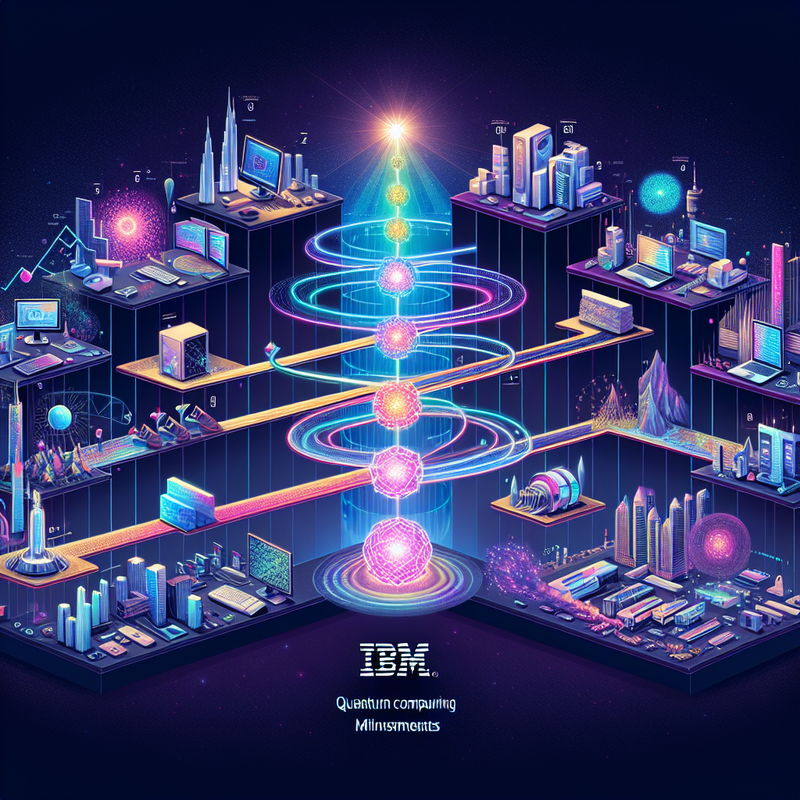IBM’s Revolutionary Quantum Computer: Starling
IBM is setting its sights on a monumental leap forward in computing with its ambition to construct “Starling,” a quantum computer of unprecedented scale and capabilities. This machine is anticipated to be 20,000 times more potent than the premier quantum systems available today. With aspirations to deploy this sophisticated technology to its clients by 2029, IBM reveals that to emulate Starling’s operating prowess, it would take more than a quindecillion (10^48) of the most advanced supercomputers existing in our era.
Strategic Blueprint and Quantum Breakthrough
A strategic blueprint released by IBM in 2025 has shed light on the path toward achieving this quantum breakthrough. This strategic timeline includes vital checkpoints supported by an array of quantum systems and innovative processor designs. Within this timeline, 2026 is pivotal as IBM intends to showcase the ‘quantum advantage’—a crucial moment when quantum machines are expected to surpass the functional computing power of traditional computers in real-world applications.
The Journey to Refined Quantum Computing
The journey to refined quantum computing will commence this year with the introduction of IBM Quantum Loon, featuring the initial Nighthawk chip. This chip serves a dual purpose: a testbed for qLDPC code’s design elements and a precursor to subsequent quantum hardware developments. Looking ahead to 2026, IBM is prepared to launch Quantum Kookaburra, showcasing the corporation’s inaugural modular processor. This milestone is key for harboring and manipulating encoded data, thereby enabling quantum system expansion that transcends the confines of individual chips.
Next-generation Quantum Systems
By 2027, IBM anticipates the debut of Quantum Cockatoo. This system is designed to create a network of quantum modules without relying on excessively large chips, utilizing entanglement to boost integration. These advancements signify the progress being made towards the anticipated Starling, which boasts the potential to execute 100 million quantum operations with 200 logical qubits.
Starling: IBM’s Answer to Real-World Problems
Arvind Krishna, Chairman and CEO of IBM, envisions Starling as a tool to tackle complex real-world problems and to otherwise unleash a vast array of possibilities for industries ranging from pharmaceuticals and material science to chemistry and optimization challenges. He perceives future systems with hundreds to thousands of logical qubits managing countless operations as a boon for compute-intensive sectors.
The Quantum Computing Roadmap Beyond 2029
However, the unveiling of Starling represents just one milestone for IBM’s quantum computing ambitions. Post-2029, the organization looks to unveil Blue Jay, the next generation of fault-tolerant quantum computing ISA. Forecasts suggest that Blue Jay could escalate its operations to include 1 billion gates and 2,000 logical qubits by 2033 or even beyond.
Quantum Supremacy: The Future of Computing
In the burgeoning race towards quantum supremacy, the world is closely observing the strides companies like IBM and Google are making towards redefining the future of computing. IBM’s aggressive timeline presents a vision where quantum computers are at the vanguard of addressing intricate and far-reaching challenges.
















